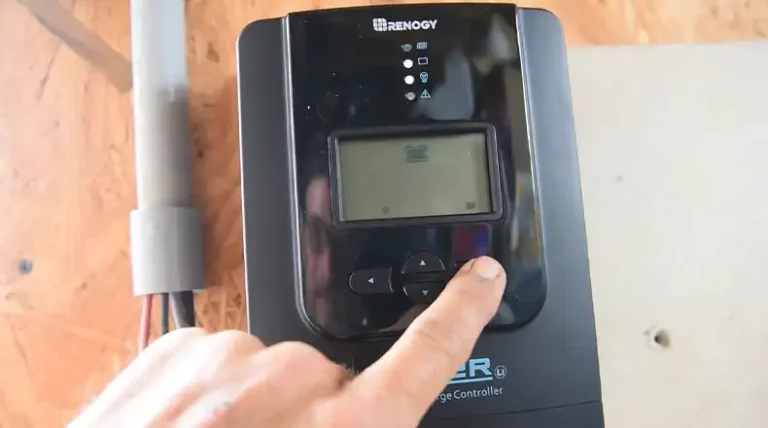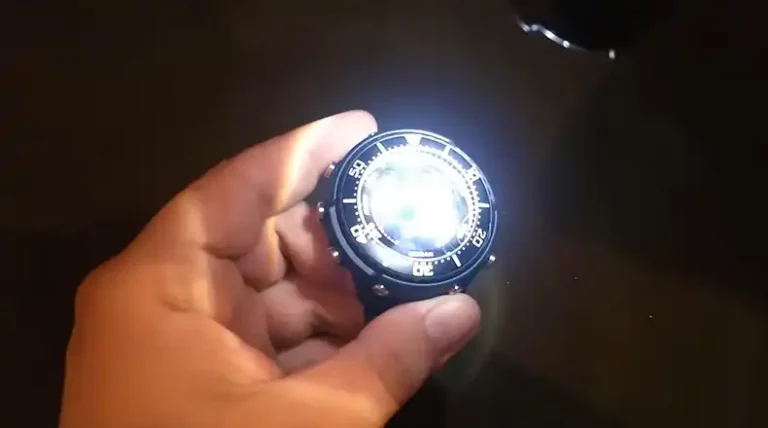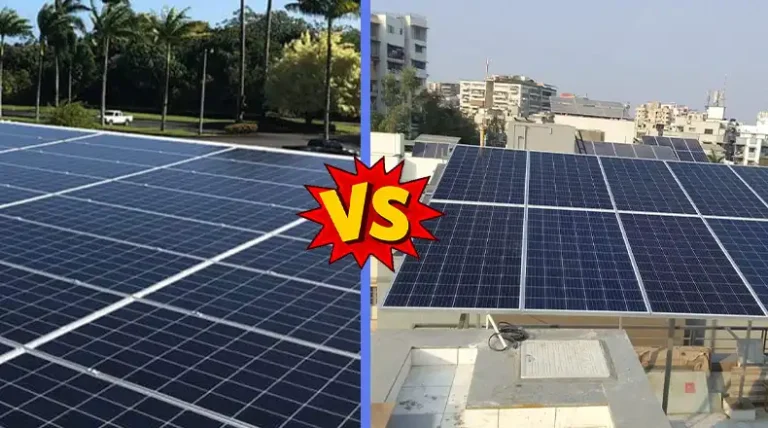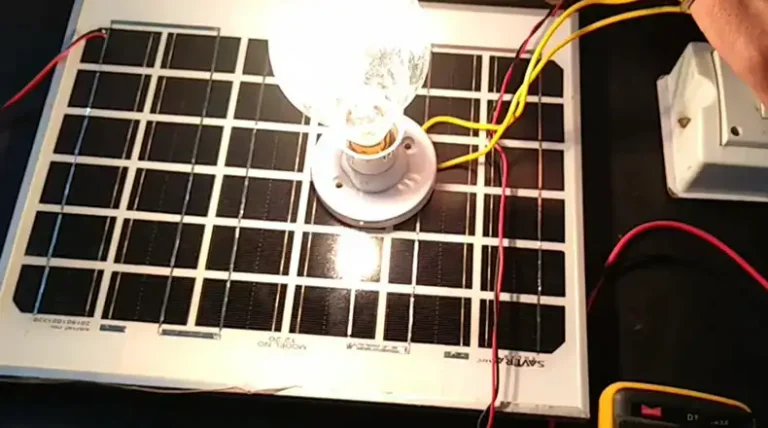Do Solar Watches Last Forever? Lifespan of Solar Watch
Solar watches have become very popular as people seek out renewable, eco-friendly products. These watches have mini solar panels in the dial that convert light to electricity, eliminating the need for batteries. This self-charging capability has wide appeal.
Many first-time solar watch buyers assume the watches will run perpetually for decades without maintenance since they use the sun. However, excellent solar watches can last a decade. So solar watches don’t last forever as some marketing claims suggest.
With responsible use and care, quality solar watches reliably operate for many years before needing service. But it’s important to understand solar lifespans to align expectations with reality. Overall, solar watches can last for decades with proper maintenance, but they don’t last forever.
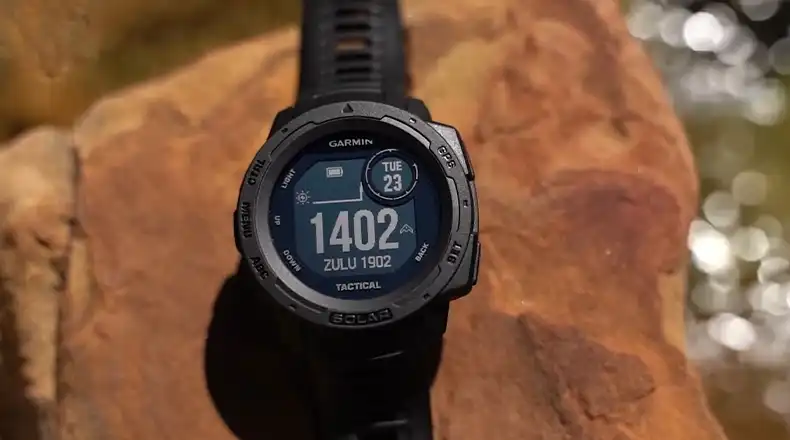
How Do Solar Watches Work?
Solar watches are powered by small solar panels built into the watch face. These solar cells efficiently convert light energy, whether from direct sunlight or indoor lighting, into usable electrical energy. This electricity charges an integrated rechargeable battery within the watch, which in turn powers the watch’s movement, screen, and any other electronics.
As long as the solar watch receives an adequate amount of light exposure and isn’t left in complete darkness for long periods of time, the rechargeable battery remains charged and the watch keeps ticking without issue. It doesn’t require disposable watch batteries or winding to operate. However, since solar watches rely on a rechargeable battery to store and utilize the energy from the solar cells, the system does have a finite lifespan. Well-designed solar watches can operate for over 40 years, but won’t truly last forever.
How Long Does Solar Watch Last?
Solar watches don’t last forever, but they can keep ticking for a really long time. Think of them as marathon runners compared to regular battery watches.
Most solar watches can go for months or even a couple of years without needing light. It’s like they have a big energy tank that fills up when exposed to light – any light, not just sunshine. Even a brief moment under a lamp can give them enough juice to run for hours.
The main parts that determine how long a solar watch lasts are:
- The power storage: This is like the watch’s battery. It usually works well for about 5-10 years before it starts to lose its mojo.
- The solar panel: This part is pretty tough and can often work for 20 years or more.
- The watch mechanics: Just like any watch, gears and other moving parts can wear out over time.
Different brands have different lifespans. Some cheaper solar watches might last 5-6 years, while high-end models from brands like Citizen or Casio can keep going for 10-15 years or even longer.
The cool thing is, even when parts start to wear out, you can often get them fixed. So with some TLC, your solar watch could be your timekeeper for decades.
How Long Does Solar Watch Last on a Full Charge?
Popular solar watch models like the Seiko Prospex, Casio G-Shock, Citizen Eco-Drive, Timex Expedition Scout Solar, and Orient NEO70s Solar Chronograph can operate anywhere from 5 months to over 2 years when fully charged. But regular light exposure is necessary for longevity rather than relying on full charge capacity.
Seiko claims 6 months of operation from a full charge on various Prospex solar diver models, while Casio G-Shocks with the Power Saver feature can run up to 23 months on a full charge without light. But that full charge can drain much faster if stored in darkness. Citizen’s Eco-Drive watches utilize light energy most efficiently for up to 9 months full charge runtime.
The Timex Expedition Scout Solar is estimated to last at least 5 months fully charged. And Orient’s NEO70s solar multifunction watch can sustain a charge for an impressive 2 years before needing recharge. But for optimal, perpetual operation, providing light to these solar watches regularly is essential, not just relying on the starting full charge level.
Can You Charge Solar Batteries Without Sunlight?
While direct sunlight provides the highest intensity light to charge solar watches most effectively and efficiently, they can charge adequately under indoor ambient and artificial lighting. As long as the solar watch receives several hours per day of at least moderate-intensity light from LED and fluorescent bulbs, the integrated battery maintains sufficient charge reserve. So these watches will keep operating as normal under typical indoor lighting conditions.
In darker environments, supplemental charging under direct lamplight, device backlights, or flashlights can extend reserves as needed. For those with occupations or lifestyles deprived of light for longer than the charge capacity, intentional supplemental light charging daily or weekly may be necessary. Simply provide bright light consistently over 15-30 minutes to provide enough charge for days of sustained operation.
Are Solar Watch Batteries Replaceable?
For most major solar watch brands like Seiko, Citizen, Casio, Timex, and others, the rechargeable batteries integrated into these watches are not user-replaceable or serviceable. Only specialized watchmakers and brand technicians have the expertise and proper tools to safely access, assess, and replace the solar module battery while keeping the watch intact and functional. This also ensures water and environmental sealing for watches like divers.
However, since the solar cells and internal components are designed to operate efficiently and robustly for decades, battery replacement is rarely necessary within the watch’s normal usable lifespan. Unless damage or a defect arises, replacement may not be required for 20-30 years, if ever. By then, other wearable technologies may eclipse today’s solar watches.
Signs That Your Solar Watch Battery Needs Replacement
If a solar watch exhibits issues like failing to hold a charge for more than a couple of days, dying overnight consistently, or powering off even in bright light, the internal rechargeable battery likely needs professional assessment and potential replacement. Intermittent operation or erratic power on/off behavior can also indicate ageing battery problems.
These issues arising within the first 5-10 years of use may indicate early battery failure or manufacturing defects covered by the warranty. But degradation emerging after 10+ years is normal wear and ageing. Just be sure to routinely provide adequate light exposure rather than relying on the battery alone, and a quality solar watch should operate reliably for decades before replacement decisions arise.
How to Prolong Solar Wathces Longevity?
By following these tips, you can help ensure your solar watch’s battery lasts as long as possible – potentially 10-20 years or even longer before needing replacement.
- Regular servicing: Seiko recommends having your solar watch serviced every 3 to 4 years. This routine maintenance can help keep all components, including the battery, in good working order.
- Proper charging: The solar cell in these watches can store enough energy to keep the watch running for up to 6 months on a full charge. Try to ensure your watch gets enough light exposure to maintain a good charge level.
- Understand lifespan expectations: While the solar cells are highly efficient, they don’t last forever. In Eco-Drive watches, for example, the solar cells typically last 20+ years before needing replacement.
- Professional replacement: When the time comes that your solar cell does need replacing (likely after 20+ years), have it done by an expert Watch Technician. This ensures the work is done correctly, allowing your watch to continue functioning smoothly.
What Affects the Longevity of Solar Watches and How to Extend It?
The key factors impacting solar watch longevity relate to consistent light exposure, physical impacts, temperature extremes, and moisture issues. Ensure the watch solar panel receives at least indirect bright light daily to keep the battery topped up and components energized. Avoid excessive physical shocks and vibrations that can damage electronic components. Don’t expose these watches to intense cold or heat outside operating limits. Preventative waterproofing maintenance checks will preclude internal moisture damage over time.
These are about outer impact. Internally there are two key factors. Those are the type of solar cell used and the quality of the watch. There are two main types of solar cells used in solar watches – amorphous silicon and polycrystalline silicon. Amorphous silicon solar cells are less efficient than polycrystalline silicon solar cells, but they are also more durable. Also, a well-made watch from a reputable brand is more likely to last longer than a cheap watch from an unknown brand.
With conscientious preventative care, avoidance of damage, routine charging, and professional internal cleanings and seal replacements every 5-10 years, you can keep a quality solar watch running smoothly for half a century or longer. Solar watches don’t last forever, but thoughtful user care and maintenance can still extend lifespan dramatically beyond single-use battery watches.
Why Might Your Solar Watch Stop Working?
If a solar watch fails despite consistent light exposure, the problem could involve battery demise, electronic failures, physical shocks causing internal disconnects or damage, compromised water seals, software glitches, and general aging issues. Determining the failure reason requires a professional diagnosis.
Battery capacity depletion over decades of use, charge controller failures, motor issues, broken solder links to solar cells, cracked cases permitting moisture intrusions, degraded lubricants slowing mechanisms, gunk accumulation on sensors, and broken glass or buttons represent just some root causes that can eventually render a solar watch inactive despite diligent charging. Seek professional watch servicing to determine the actual failure and options to remediate issues within reason.
Are Solar Watches Worth It?
For consumers seeking an environmentally friendly, renewable alternative to battery replacement hassles, solar watches represent a smart, practical investment provided expectations align with solar realities. The decades-long lifespans possibly eclipse single-use batteries. Just maintain realistic expectations that solar doesn’t equate to perpetual, and ensure responsible charging and preventative care practices. Avoid assumptions of “set it and forget it” reliability without user diligence.
With reasonable owner care, quality solar watches warrant their higher initial cost over time with unmatched longevity, charging convenience, and sustainable self-sufficiency. They don’t have to last forever to provide exceptional value. Just ensure your habits and practices sustain their optimized operation.
Conclusion
When thoughtfully maintained and cared for, modern solar-powered watches can deliver very impressive multi-decade lifespans that vastly outpace conventional watches. While marketing language like “never change a battery” leads some consumers to believe solar watches run perpetually, their integrated rechargeable batteries do age over extended timeframes. But with consistent light exposure and preventative care, quality solar watches like those from Seiko, Citizen, Casio, and others can realistically operate for a half-century or more – not quite forever but far longer than most electronics. So while skepticism is warranted for any “power forever” claims in our entropy-governed universe, solar watches still represent one of the most convenient and sustainable timekeeping solutions available when expectations align with solar realities.
People Also Ask
Can I overcharge a solar watch by leaving it in the bright sun?
No, quality solar watches cannot be overcharged or damaged by excessive light. Internal circuitry regulates charging to prevent battery overheating or voltage issues. However, extended direct high-intensity heat can shorten electronic lifespan.
Do smartphones recharge solar watches?
Smartphones emit some visible light from their screens and cameras, but at very low intensities unable to charge solar watches effectively. For reliable charging rely on dedicated bright light sources.
Can solar watches operate underwater?
Properly water-resistant solar diver watches can operate at depth thanks to light piping technology channeling surface light through the crystal to the solar cells. However, they don’t generate power underwater.

